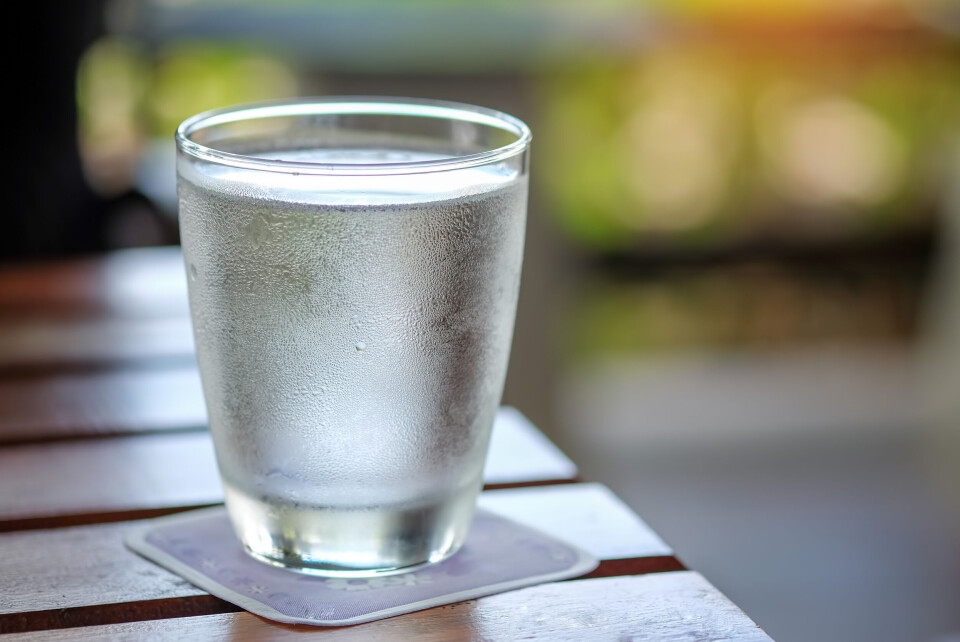-
How much do energy efficiency renovations cost in France?
Owners will want to ensure properties improve by at least two DPE ratings, increasing the work and cost needed
-
How to get retrospective approval for building works on French home after completion
Unauthorised home improvements potentially lead to problems when selling
-
Proposal to make homeowners pay back state renovation aid if they sell within ten years
The amount repayable drops for every year the owners remain in the home
French farmhouse renovation: Installing a filter for safe tap water
Nick Inman charts the ups and downs of renovating an old French farmhouse. Here he shares how to opt for an alternative to buying bottled water

The local council constantly reassures us that the tap water is safe to drink but you cannot be too careful and I’d prefer to be sceptical. We used to buy bottled water until the ecological guilt got too much. So we looked into installing a filter.
I couldn’t be bothered to research the pros and cons but a friend recommended Doulton. I looked at the English website and they had a suitable under-the-kitchencounter system at a reasonable price but they didn’t deliver to the continent.
I then looked at the French version of the website and found the same product at a significantly higher price. I had a to-do with the British company about this penalisation of the consumer by geography.
It promised me that from January anyone in France will be able to buy from the UK website. Take care before you order. I got my kit sent to a UK address and brought over to us by a visitor.
While waiting for delivery, I studied the company’s website. These days it is obligatory to watch the tutorial video before you tie your shoelaces, but the work involved in fitting this system is common sense.
It depends slightly on what you have under your sink but, apart from that, you need little more than average skills, a decent adjustable wrench and a few other standard tools.
Plumbing is not difficult but connecting pipes in the confined space beneath a kitchen sink is awkward.
There is a lot going on there, most of it unseen, what with the dishwasher connections and waste pipes. The hardest part was getting comfortable enough to manipulate the parts and instruments.
You need a work cushion to lie on and a light to see what you are doing.
I spent a long time studying the existing configuration (I even took a photograph of it) and the required modification.
Essentially, the task is to insert a T-joint into the main cold water supply and use the narrow gauge plastic tube provided in the package to reach a new dedicated drinking water tap that sits beside the mixer tap for washing up.
When I was ready, I turned off the water, opened the taps to empty the system and started dismantling a perfectly good arrangement of cold water pipes.
You can guarantee, however, that when you start the job, something unexpected crops up. What I had in front of me didn’t look like the showroom model in the Doulton video.
I had to do a bit of shaving of wood to get all pipes adjusted to the right angles.
When I had got that right, I fitted the compression T into the existing copper and brass set-up and tightened the nuts. Next, I had to position the new tap –which meant boring a small hole through the stainless steel sink.
Immediately beneath it, I had to fix the filter holder to the kitchen unit (or wall) with a couple of screws. The filter itself is a ceramic “candle” in a housing which screws neatly into the holder.
The final step is to connect the T and the filter with pushfit piping supplied, cutting it to the appropriate length before checking all the seals and turning the water back on.
It took longer than I had envisaged, but then (as my wife often tells me) it always does.
We have drinking water on tap with a pulsating blue light to tell us that the filter is working. When it turns red, it is time to order a new filter, which screws into the housing, which screws into the holder with no further fuss.
Related stories
French farmhouse renovation: DIY tricks to get rid of rats
Help for replacing an old oil boiler with a heat pump in France?
























